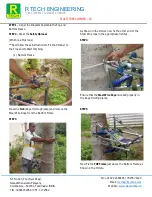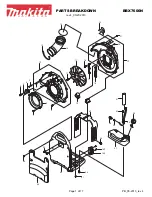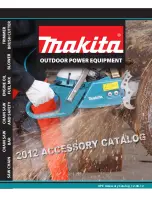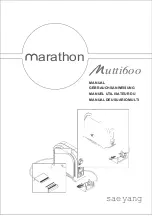
RNeasy Fibrous Tissue Mini Handbook 01/2018
18
4.
Disrupt the tissue and homogenize the lysate using
EITHER
the TissueRuptor II (follow steps
5 and 6)
OR
the TissueLyser II (follow steps 7–12).
See “Disrupting and homogenizing starting material”, page 13, for more details on
disruption and homogenization.
Note
: Ensure that
β
-ME is added to Buffer RLT before use (see “Things to do before
starting”, page 16).
Note
: Incomplete homogenization leads to significantly reduced RNA yields and can
cause clogging of the RNeasy Mini spin column. Homogenization with the TissueRuptor II
or TissueLyser II generally results in higher RNA yields than with other methods.
Disruption and homogenization using the TissueRuptor II
5.
Place the tissue in a suitably sized vessel. Add 300 µl Buffer RLT.
Generally, round-bottomed tubes allow more efficient disruption and homogenization
than conical-bottomed tubes.
6.
Place the tip of the disposable probe into the vessel and operate the TissueRuptor II at full
speed until the lysate is uniformly homogeneous (usually 20–40 s). Proceed to step 13.
Note
: To avoid damage to the TissueRuptor II and disposable probe during operation,
make sure the tip of the probe remains submerged in the buffer.
Disruption and homogenization using the TissueLyser II
7.
Place the tissues in the tubes prepared in step 2.
8.
If the tubes were stored on dry ice, place them at room temperature. Then immediately
add 300 µl Buffer RLT per tube.
9.
Place the tubes in the TissueLyser Adapter Set 2 x 24.
10.
Operate the TissueLyser II for 2 min at 20 Hz.
Note
: The time depends on the tissue being processed and can be extended until the
tissue is completely homogenized.
















































